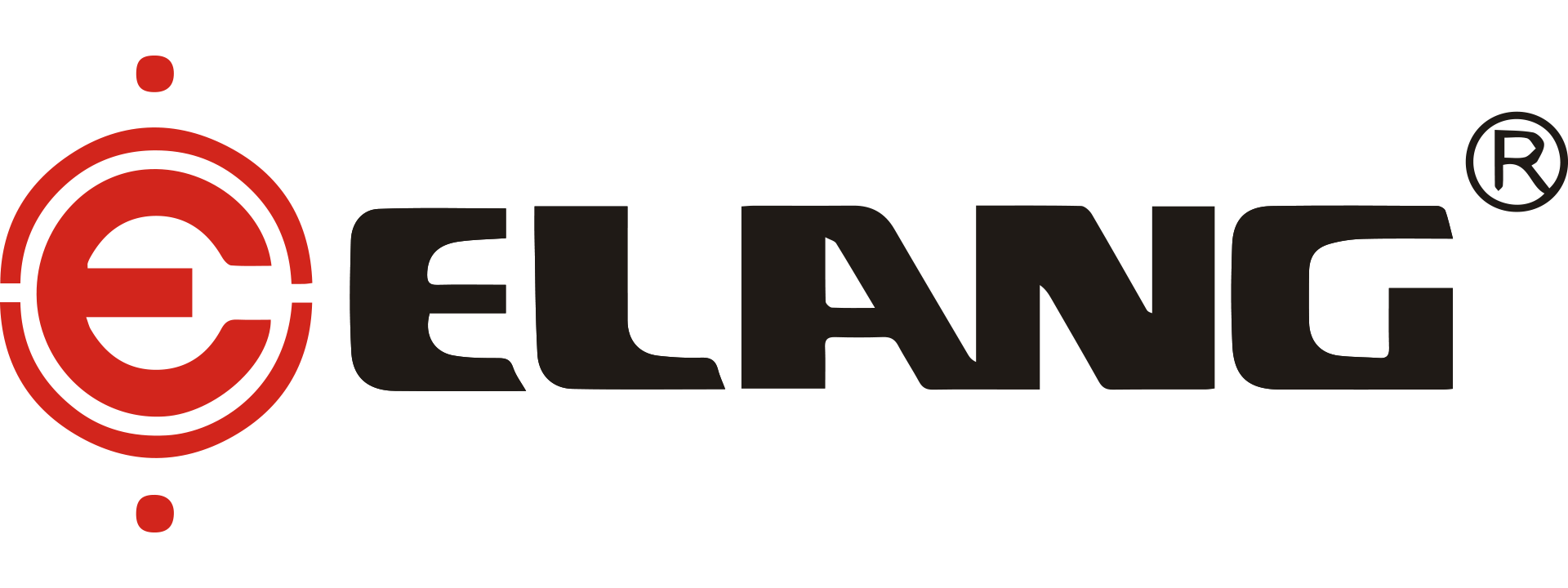Serch the Knowledge Base
09. How Does The Intake Valve Work in A Screw Air Compressor?
- Startup: The motor starts, and the air end begins to operate. When the intake valve is closed, air is introduced through the small hole. The compressed oil and air enter the oil-gas separator, and the system pressure gradually increases.
- Loading: During the loading process, the motor undergoes a star-delta conversion. The control system (pressure switch) compares the actual system pressure with the set pressure. When the system pressure falls below the lower limit set by the pressure switch, the pressure switch actuates the loading solenoid valve (3-way solenoid valve), energizing the 3-way solenoid valve to supply air to the servo cylinder of the intake valve, pushing the control cylinder to open the butterfly valve, and fully opening the intake valve for suction. Simultaneously, the pressure from the solenoid valve closes the relief valve, preventing the machine from releasing air, and the pressure inside the tank continues to rise until it supplies air outward.
- Unloading: When the pressure rises to the upper limit pressure set by the pressure differential switch, the pressure differential switch sends an electrical signal to the 3-way solenoid valve. The solenoid valve closes, cutting off the air supply to the servo cylinder of the intake valve, causing the control cylinder to lose pressure and the butterfly valve to close, maintaining the intake through the small holes. At this point, the swing check valve, controlled by a counterweight, promptly and tightly closes. Simultaneously, the relief valve opens, releasing the pressure inside the oil and gas barrel back to the basic oil pressure. The air compressor is now in an unloaded state, and after the loading solenoid valve experiences a continuous power failure for 20 minutes, the system enters a prolonged idle shutdown state.
- Load Adjustment: During the loading process of the air compressor, to reduce the frequency of the air compressor’s unloaded operation, a proportional valve is installed. Before the unit pressure reaches the upper limit set by the pressure switch, the proportional valve acts in advance to reduce the air supply to the servo cylinder. As a result, the thrust on the valve stem of the intake valve servo cylinder decreases, causing the valve stem to retract under the force of the spring. When the spring force balances with the gas thrust in the cylinder, the valve stem remains in a semi-open state, reducing the intake volume and achieving capacity adjustment of the air compressor.
- Shutdown: The shutdown signal is triggered when the air compressor remains in an idle state for an extended period or when the system pressure stays at the upper limit for a prolonged time. The motor stops, and the air end ceases to draw in air. The internal check valve of the intake valve rapidly closes to ensure there is no oil discharge during shutdown. Meanwhile, the relief valve continues to release air until the pressure inside the system reaches the external atmospheric pressure.
